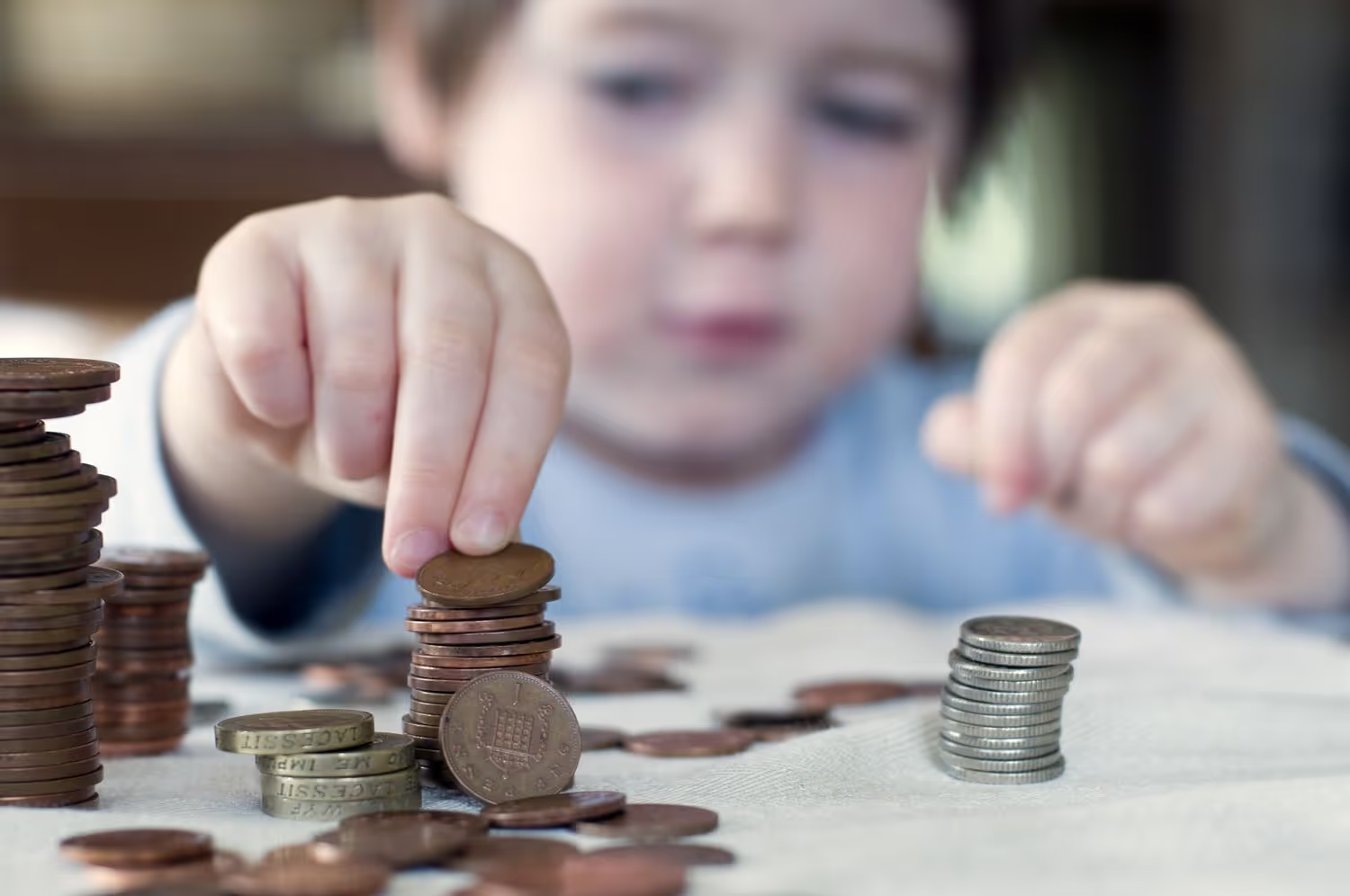Discriminative Stimulus in ABA Therapy: Examples & More
A discriminative stimulus is a term related to behavioral psychology. It comes before a behavioral reaction.

What is a Discriminative Stimulus?
There are many technical expressions used by therapists when treating behavioral disorders. One of them is a discriminative stimulus.
A discriminative stimulus is a term related to behavioral psychology. It comes before a behavioral reaction.

A discriminative stimulus is different from stimulus generalization, in which the patient gains knowledge.
They learn that a single behavior, such as when a child asks for ice cream at a shopping mall, is capable of being performed in places other than a shopping mall that offers ice cream.
These could be in a grocery store, at a restaurant, or even in one's own home. However, a discriminative stimulus shows behavior that's brought about through the stimulus of being in a place with the ice cream.
This idea was created based on operant conditioning. It's a framework of different behaviors changing that later morph into a single concept in Applied Behavior Analysis, abbreviated as ABA.
ABA therapists can use a concept within it known as the ABCs to gain insight into the antecedent stimulus of patients they see.
The antecedent is alternatively called the discriminative stimulus. When that's found, they'll move on to seek out a new antecedent or give a different response to the behavior of an older discriminative stimulus.
How Does Discriminative Stimulus Work?
Operant conditioning works as a psychological perspective to alter behaviors shown during therapy through the use of rewards. In this approach, behavior can also be altered by using punishments, though not in a harsh sense.
The discriminative stimulus details a thing that triggers certain behaviors to manifest. It must come first followed next by the behavior which is the result of the stimulus initially identified.
After that, the conditioned stimulus follows next with the creation of a response which happens simultaneously as the discriminative stimulus signifies a change as a response.
The discriminative stimulus then produces the chance for certain behaviors to happen due to the result being previously reinforced by the parents or therapist. Such stimuli are one-sided since they're distinctive and create a likewise distinctive response.
The ABC Chart
What about the ABC Chart? It's an application part of a discriminative stimulus within ABA. ABC stands for Antecedent, Behavior, and Consequence.
The succession of events starts with the antecedent. It comes before the behavior that a patient in therapy shows. It's also the primary factor in causing the reaction shown by a patient.
When the antecedent is over, a reaction from them quickly manifests. Their behavior can help therapists pinpoint the last course, which serves as a consequence. When, for example, an ABA therapist insists that a kid clean up their toys from the floor and they proceed and finish the job, a reward is provided.
It can't be just anything, either, but something that holds meaning for them.
Objects like chips, pieces of paper, or even fake money can be given to the teacher so they can receive a reward. Alternatively, simple praise for completing the task is acceptable as well.
But what if the child screams how no instead of carrying out the task? The therapist would continue with a different task, with no reward gifted to the child at all. No punishment needs to be administered in this situation.
The link between an exhibited behavior, the antecedent, and the consequence that follows can assist therapists, parents, and teachers in their understanding of the way they influence the development of a child's behavior and reshape it.
The fundamental basis for ABA therapy provided to clients today is operant therapy.
Still, its focus is largely based on giving out rewards for desired behaviors instead of implementing punishments. Such unwanted responses aren't rewarded at all.
Unfavorable punishment for a child showing undesirable behavior isn't recommended for any autistic child. Instead, repetitive therapy sessions can raise their likelihood to respond favorably to distinct behaviors. As such, they're then reinforced.
Benefits of discriminative stimulus
Within educational concepts, a discriminative stimulus is pertinent to child development. It's shown great results in getting autistic children to take in knowledge on behaviors that are specific to certain situations.
Discriminative stimulus relies on positive reinforcement to bolster the changes of good behaviors being exhibited in children, a wonderful method of helping them to learn.
Children can hone their talking and social skills with discriminative stimuli as well.
Additionally, specific behaviors can be changed by their application.
Parents and behavioral therapists can study how well therapy sessions can turn out for gaining control of the responses of an autistic child.
The positive results of discriminative stimulus are owed to positive reinforcement, which gives parents the resources they need to provide great care to kids on the spectrum.
An example of discriminative stimulus during ABA therapy
The idea of discriminative stimulus is used in ABA therapy for children that are neurodivergent. It's here that the stimulus needed to accurately reinforce a certain behavior is identified as the right stimulus.
It's no different in a school classroom when the right answer is known by a student, though the wrong one is thought of among the rest of their peers. The discriminative stimulus in this setting is part of the stimuli or the wrong answers.
While in ABA the discriminative stimulus reinforces a particular behavior. If a therapist asks that a child shows them an object on the floor, such as a yellow toy, they may provide a reward for the child giving the right response. Praise is the most common. Generous praise helps in the reinforcement of behavior that gives them the best response.
Parents can also use discriminative stimuli while at home to help reinforce good behaviors with their children. For instance, if a child exhibits good table manners when asking for their favorite dessert, such as ice cream, their actions can be rewarded by the parents immediately providing them with the candy.
Children can also be taught to stay in one spot and remain calm when working on a school assignment this way.
If they succeed in doing so, additional time with their toys or video games can follow up when they're done. They'll quickly learn that they get more time to p and do fun activities when they focus on their school assignments.
When a stimulus doesn't result in reinforcement of a certain response, it's called a stimulus delta. When this happens, the child chooses to do their homework, but in a way that keeps them off focus and unattentive. In this instance, the child won't receive any praise or a reward.
The same applies to when a kid asked for desserts but in a poor tone with bad manners. The parents can quickly change their attention away from the dessert while failing to give them what they asked for.
There's a chance that the child may resort to a tantrum when this happens since they didn't get the dessert. But soon enough, they would gain their composure, do their homework or ask politely to receive a better response from the parent and a granting of their request.
Recent News
Related articles

Working With Autistic Children: 10 Career Options
Want to work with autistic children? Here are 10 career options for you to consider.

What Is The Age Limit For ABA Therapy In Indiana?
Find out what the age limit is for receiving Applied Behavior Analysis (ABA) therapy in Indiana.

What Is The Age Limit For ABA Therapy In Arizona?
Find out what the age limit is for receiving Applied Behavior Analysis (ABA) therapy in Arizona.

Verbal Operants In ABA: Definition & Examples
In Applied Behavior Analysis, verbal operants are a type of verbal behavior.

Token Economy: Examples & Applications in ABA
A token economy is a procedure that was developed to help reduce maladaptive behaviors and increased desire behaviors by providing a tangible conditioned reinforcer.

Trigger Analysis In ABA: Definition & Examples
Trigger analysis is a segment of ABA therapy where children are taught by therapists to pinpoint the behaviors and emotions that happen before, during, and after an event that takes place.

Variable Ratio Schedule & Examples
A variable-ratio schedule is a random reinforcement where responses are reinforced following varied responses afterward.

Task Analysis In ABA Therapy: Examples & Strategies
Task analysis is a process of teaching that divides complicated activities into sections involving easier steps for students to more easily take.

Stimulus Equivalence In ABA: Definition & Examples
Stimulus equivalence shows how relationships can manifest among different types of stimuli in different situations.

Speech Therapy For Autism: ABA vs. Speech Therapy
ABA therapy can help individuals with speech impairments learn to better identify and utilize the language skills they already have.

Stimulus Control Transfer ABA: Definition & Examples
Stimulus control is defined as an expression used to detail circumstances where a behavior is triggered by the existence or absence of a stimulus.

Social Validity In ABA: Definition & Examples
Social validity is the acceptance of interventions concerning behavioral changes.

